Fasting isn’t for everybody.
Do you recall listening to this from people who went on a crash diet,
only to give in all too soon? Has this made you wonder about the
possible side effects of fasting?
In this article, we will discuss the safe ways to fast without compromising on your health. You will also familiarize yourself with the symptoms that indicate you need to give fasting a break.
In this article, we will discuss the safe ways to fast without compromising on your health. You will also familiarize yourself with the symptoms that indicate you need to give fasting a break.
Symptoms That Indicate You Should Stop Fasting
Every individual looking forward to losing weight intends to fast until they shed those excess pounds. But not all can go through the fasting phase smoothly. If you are on a fasting spree and notice any of the following symptoms, you need to stop fasting:- Dizziness
- Loss of consciousness
- Nausea and vomiting
- Diarrhea
- A burning sensation in the stomach
- Chest pain or stomach pain
- Menstruation
How To Fast Safely
1. Stay Hydrated
2. Restrict Your Calorie Intake
Fasting usually involves staying away from all foods/drinks for a period. However, instead of eliminating all sources of food, you can reduce your calorie intake on the days of fasting. This way, you will only consume 25% of your daily calorie requirements for two days a week to facilitate weight loss (2).3. Do Not Feast While Breaking The Fast
4. Keep The Exercises Mild
When you are on a diet, your body runs low on energy. Hence, keep your exercises mild. Indulge in strenuous workouts only on the days you aren’t fasting. As your body gets used to exercising, you can gradually start trying out high-intensity workouts to increase the utilization of the stored fat in your body (4).5. Take Additional Supplements
When you fast, you tend to miss out on a lot of nutrients essential for your body. People on a diet are deficient in a number of nutrients – including calcium, iron, and vitamin B12 (5). You can make up for these deficiencies by taking a nutritional supplement after consulting your healthcare provider.6. Eat Whole Foods During Non-Fasting Days
It is important you eat whole foods on non-fasting days. This not only prevents deficiencies but also cuts the risk of severe illnesses like heart disease and cancer (6).7. Eat More Protein
Consuming more protein is a necessity not only while working out but also when you want to lose fat and build muscles. Increase your intake of protein-rich foods like chicken, eggs, cheese, fatty fish, and nuts during the period you are not fasting (7).These tips can help you fast without incurring the risks. Also, we suggest you do not fast for days on end as it can have potentially life-threatening effects on your health.
We hope you found this post informative. For any further queries, feel free to get in touch with us via the comments section below.
Source Click here
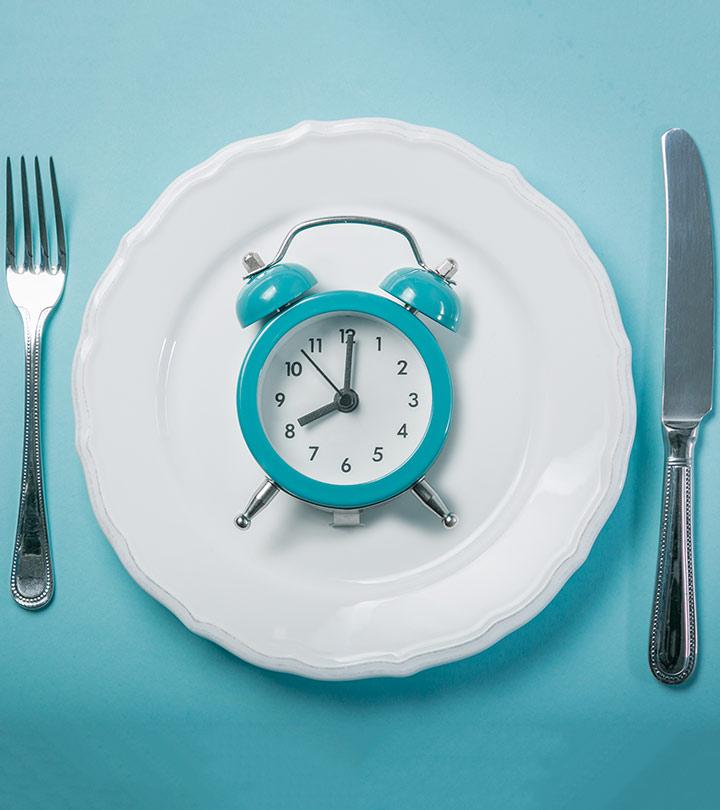
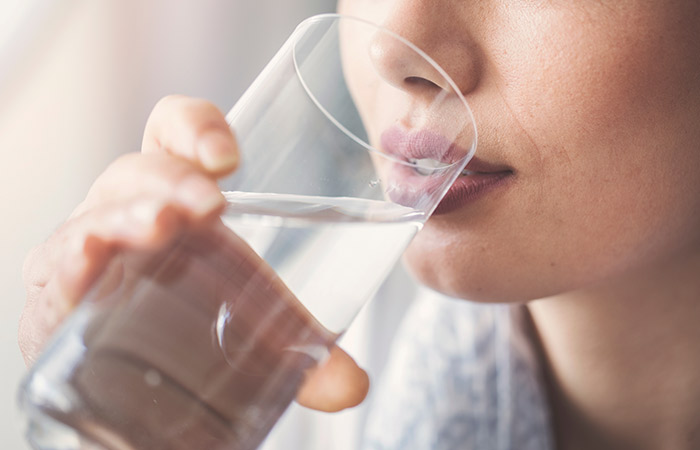
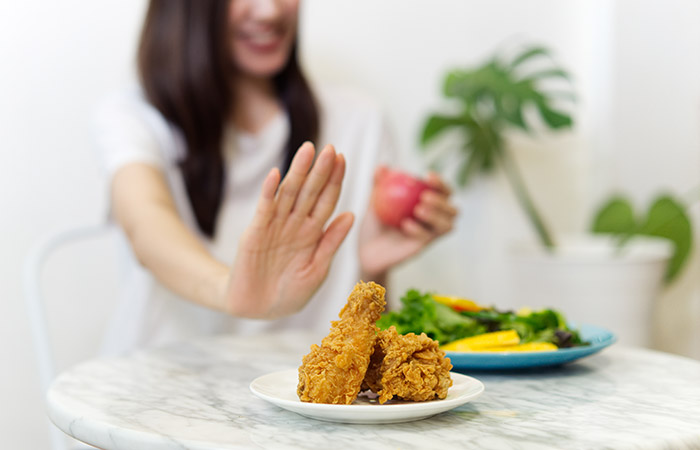


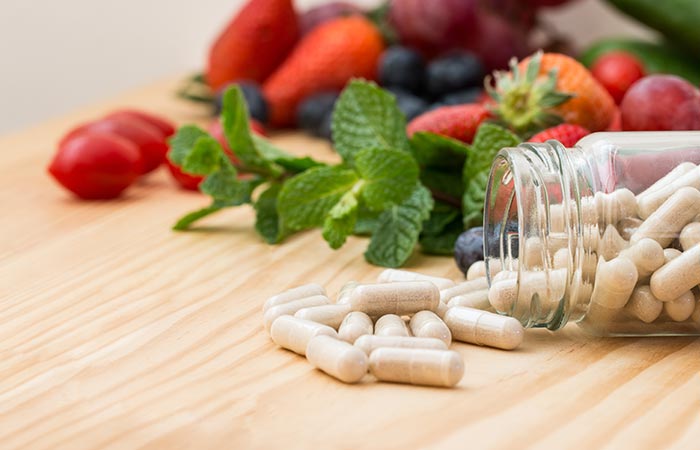
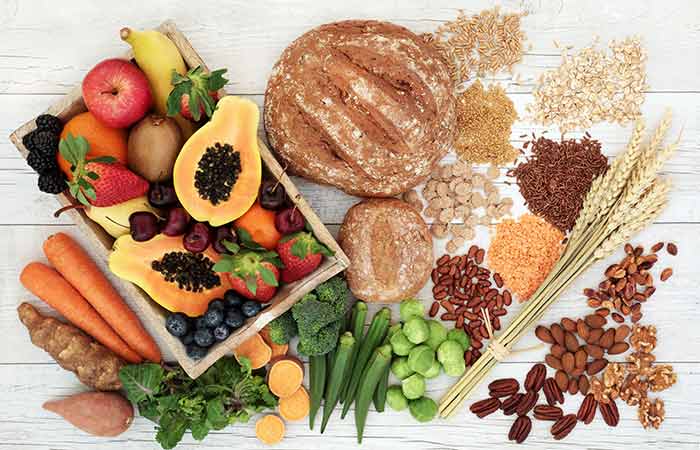
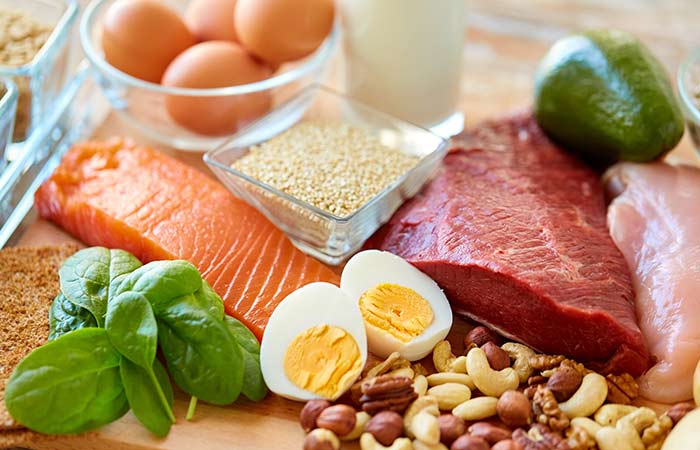
Comments
Post a Comment